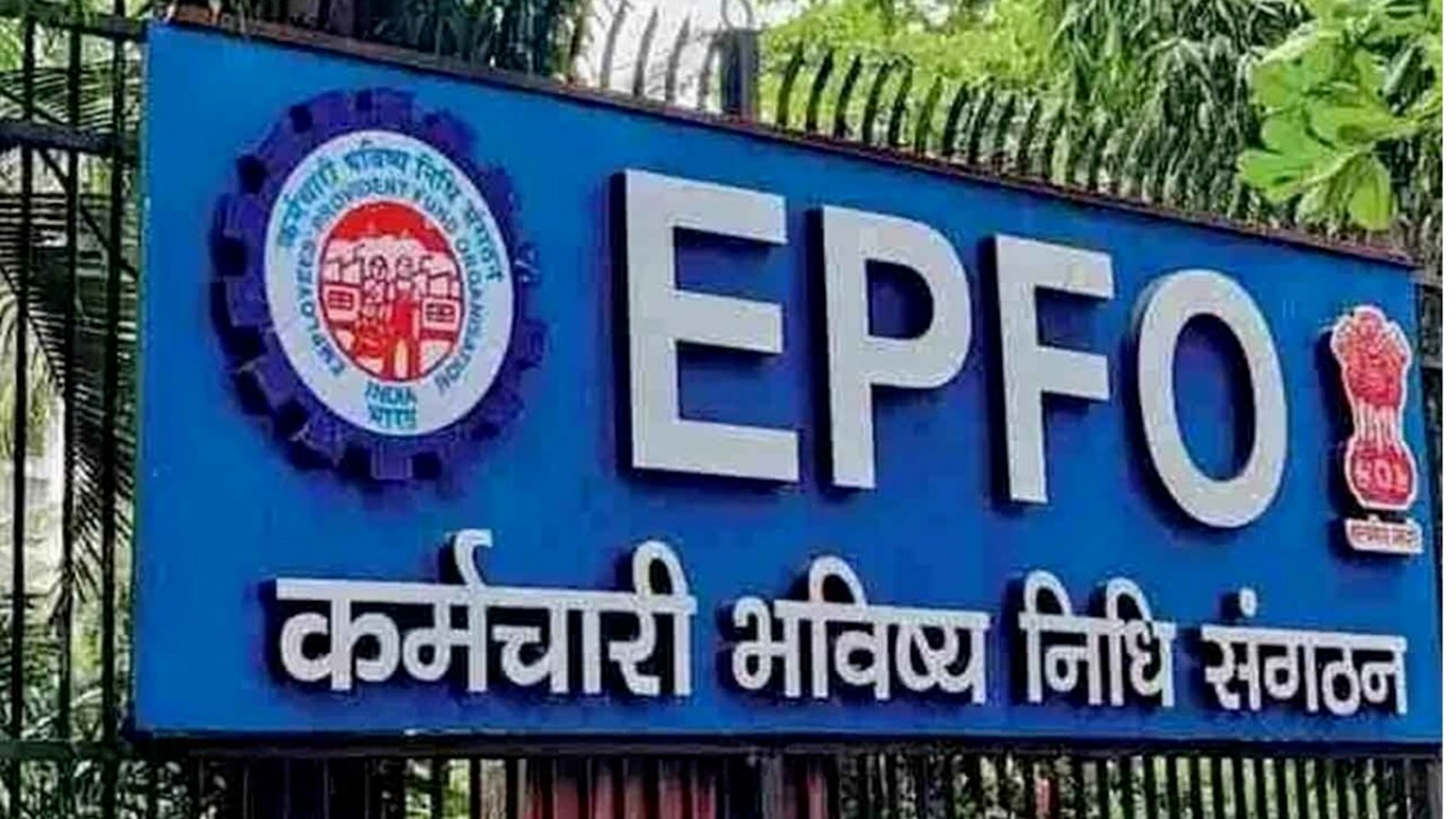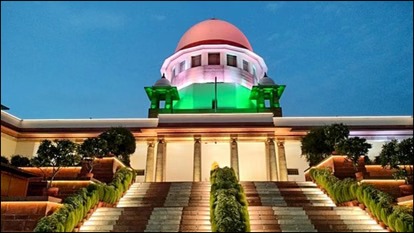@JUDGMENTTAG-ORDER
B.P. Saraf, J.@mdashThis revision petition is directed against the judgment and decree passed by Munsiff, Jorhat in a suit u/s 6 of the Specific Relief Act (1963) hereinafter ''the Act''. The operative part of the judgment reads :
"The suit is decreed on contest against the defendant No. 1 with costs. The plaintiff shall get khas possession of the suit land as shown in the schedule of the plaint by demolishing any construction thereon raised by the defendant No. 1. The defendant No. 1 by way of permanent injunction is restrained from raising any construction over the suit land."
2. The petitioner has challenged the order on the ground that it is in excess of the power vested in the Court u/s 6 of the Act.
3. Before dealing with the legal submission, the facts of the case may be briefly stated. The plaintiff filed a suit in the Court of the Munsiff, Jorhat u/s 6 of the Act. His case was that he was in possession of the suit land for last twenty years and had been paying revenue in respect of the same. A house was also constructed by him on a part of it wherein he was residing. On 16-3-79, he was dispossessed by the defendant No. 1 who also constructed a pucca wall measuring 15 feet long and 8 feet high. The defendant No. 1 also extended the roof of his house over the suit land. The plaintiff, therefore, filed a suit u/s 6 of the Act for recovery of khas possession and permanent injunction against the defendant No. 1. The learned Munsiff on being satisfied about the aforesaid fact of possession and dispossession, passed order quoted above.
4. Mr. D. C. Mahanta, learned counsel for the petitioner submitted that the order passed by the Court is beyond the scope of powers conferred by Section 6 of the Act. It went beyond a possessory decree which only the Court was empowered to pass.
5. Mr. S. R. Bhattacharjee, learned counsel for the opposite parties fairly submitted that in a suit u/s 6 of the Act, no permanent injunction can be issued by the Court and to that extent the order may be liable to be modified. He, however, submitted that while ordering restoration of possession, the Court can order removal of unauthorised structures etc. constructed by the defendant on the suit land if it is necessary. Such an order is ancillary to the order of possession. Any other interpretation, according to the learned counsel will frustrate the very object of Section 6 of the Act.
6. I have considered the submission of the learned counsel for the parties. The whole controversy in this case revolves round the scope and ambit of powers of the Court u/s 6 of the Specific Relief Act. It reads:
"6.(1) If any person is dispossessed without his consent of immovable property otherwise than in due course of law, he or any person claiming through him may, by suit, recover possession thereof, notwithstanding any other title that may be set up in that suit.
(2) No suit u/s shall be brought-
(a) after the expiry of six months from the date of dispossession; or
(b) against the Government.
(3) No appeal shall lie from any order or decree passed in any suit instituted under this section, nor shall any review of any such order or decree be allowed.
(4) Nothing in this section shall bar any person from suing to establish his title to such property and to recovery possession thereof."
7. This section was incorporated in the Act with a view to providing a summary, cheap and useful remedy to person dispossessed of immovable property otherwise than in due course of law. Its object is to discourage people from taking the law into their own hands, however, good their title may be. In a suit u/s 6, the plaintiff can aver only previous possession and dispossession by the defendant otherwise than in due course of law within six months from the suit being brought and claim recovery of possession. Any other averment or claim made by the plaintiff will not be relevant for decision of the suit u/s 6 and the Court in such a case, should ignore such irrelevant averments and claims and confine itself to the averment of possession and dispossession and the claim for recovery of possession only. The jurisdiction of the Court under the section is very limited. It can neither adjudicate on question of title nor can it direct the defendants to remove the structures, if any, erected on the land or permit the plaintiffs to pull down the same. Such a direction will be beyond the scope of powers of the Court u/s 6 of the Act.
8. In the instant case, the learned Munsiff arrived at a finding of fact that the plaintiff was in actual possession of the land and that the defendant No, I forcibly dispossessed him from the same, within a period of six months, by constructing pucca wall therein. The plaintiff, therefore, was entitled to get relief u/s 6 of the Act and the learned Munsiff rightly held so, and directed delivery of khas possession of the suit land to the plaintiff. That part of the order has not been objected to. The objection is against the latter part of the order by which the Court directed demolition of any structure constructed by the defendant No. 1 on the suit land and also restrained the defendant No. 1 by permanent injunction from raising any construction over the suit land. It is contended that this part of the order goes beyond the scope and ambit of S, 6. I have considered the objection. I am satisfied that the objection is justified and legally tenable. The learned Munsiff did not have the power to direct demolition of the structures constructed by the defendant No. 1 on the suit land and to grant permanent injunction. This part of the order is liable to be set aside, which I hereby do. The first part dealing with delivery of possession shall remain unaffected.
9. In the result, the petition is allowed to the extent indicated above. No order to costs.

